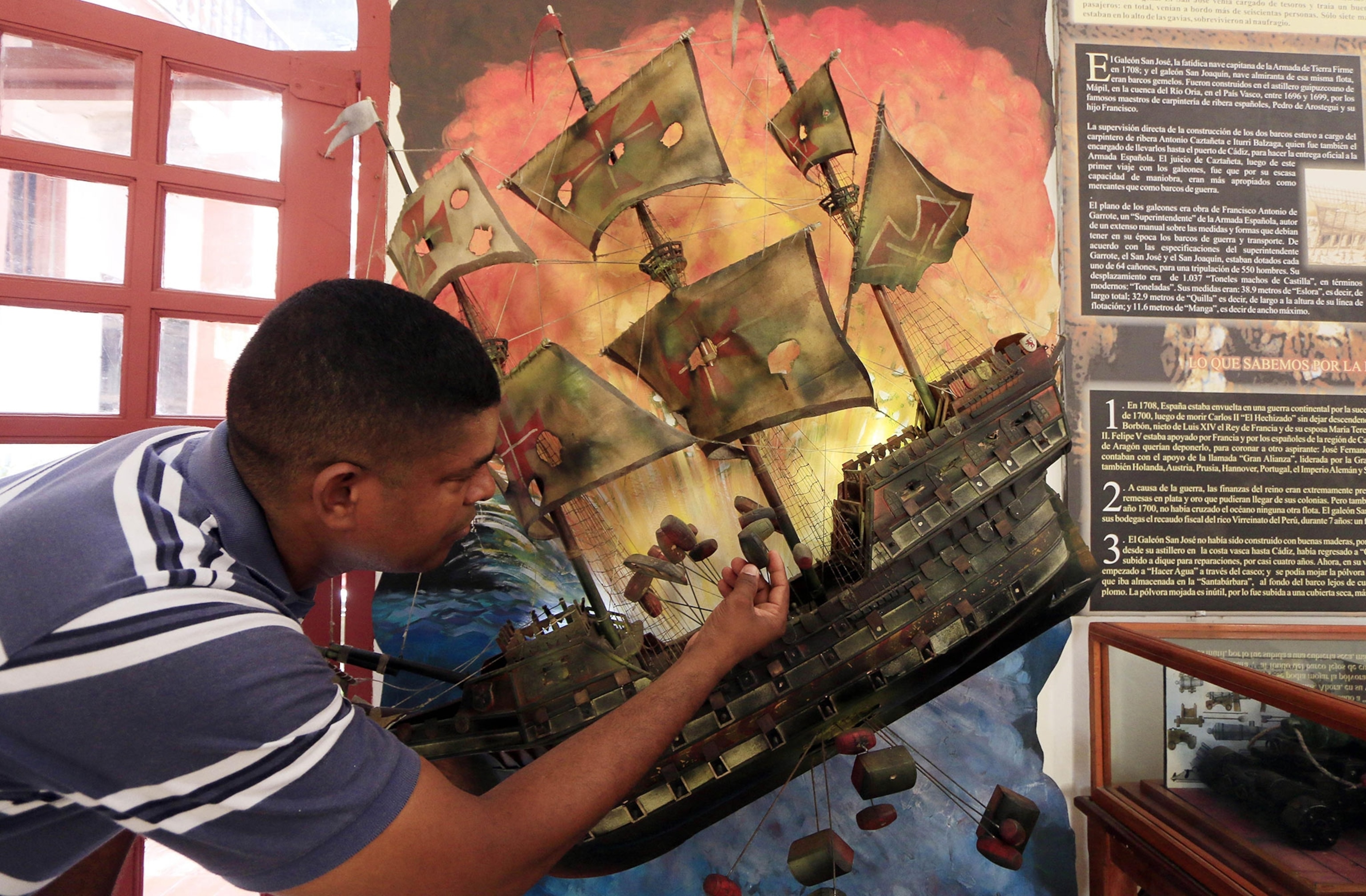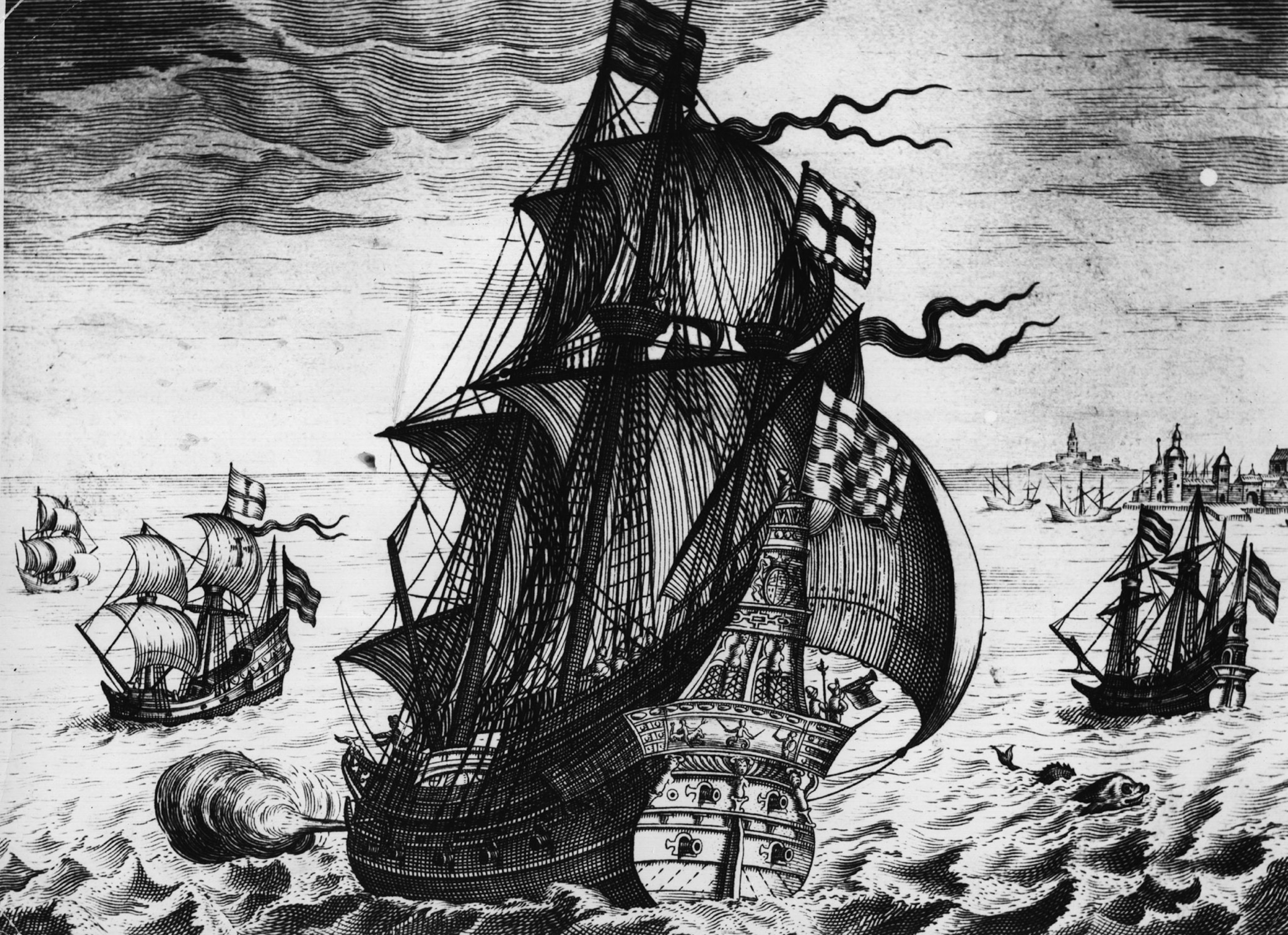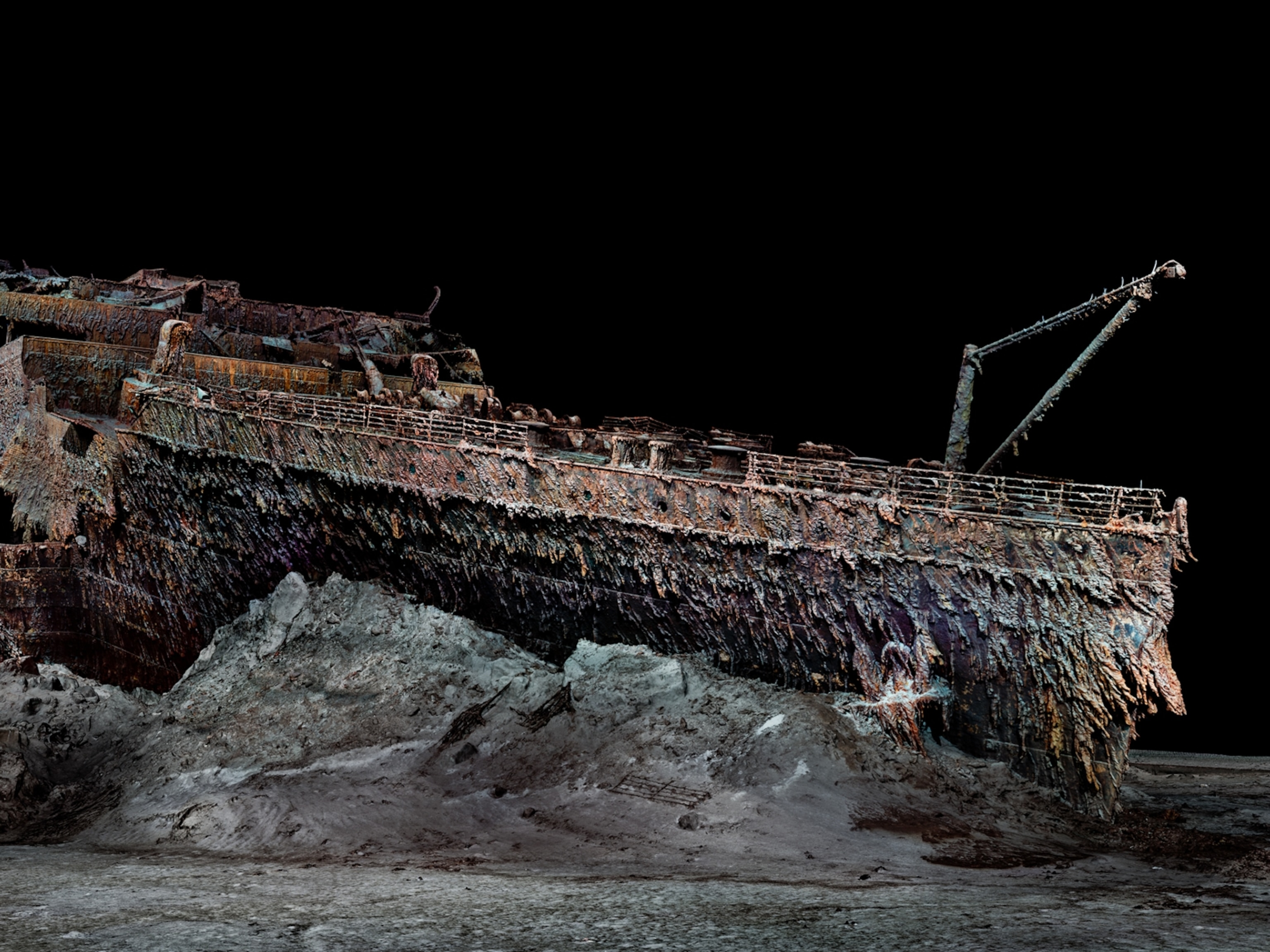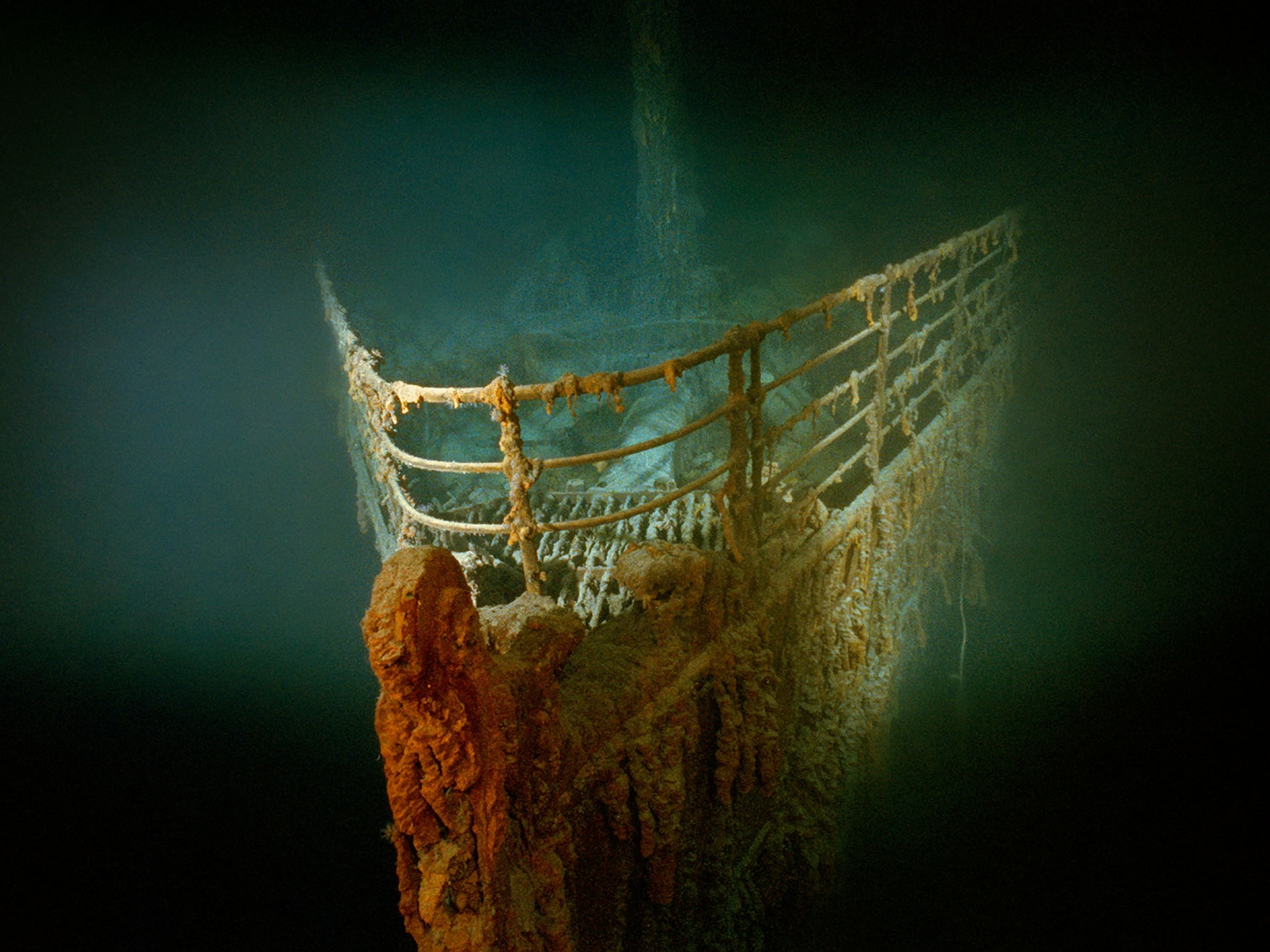
Treasure on Sunken Spanish Galleon Could Be Biggest Ever
The lure of a billion dollars in gold and jewels is already spurring conflict over rights to the San Jose, found off Colombia's coast.
An early 18th-century Spanish ship that could contain treasures of gold, silver, and jewels is becoming an object of contention as Colombia, Spain, and a U.S.-based salvage company try to sort out who owns the ship’s immense wealth.
The San Jose is being hailed as perhaps the most valuable shipwreck discovery of all time. President Santos of Colombia estimated the value of the find at about $1 billion U.S.
Colombian President Juan Manuel Santos reported last week that Colombian salvagers had found the Spanish treasure ship San Jose in Colombian waters. Archaeologists and salvagers knew the approximate location of the ship since it sank more than 300 years ago.
Colombia is contesting the ownership of the San Jose by Sea Search Armada, a salvage company based in Bellevue, Washington.

The salvagers have said that they found the site of the ship more than 30 years ago, and has disputed the Colombian government’s claim that it owns the ship.
So a legal battle is likely to commence.
Disputed Conquest
Charles Beeker, Director of the Center for Underwater Science at Indiana University, has worked with Colombian officials to develop their plans and regulations for managing shipwrecks in their territorial waters. Beeker says the treasure should not be allowed to leave Colombia.
Beeker thinks the ship may contain even more than the Colombian president’s $1 billion estimate. The estimate is based on the ship’s manifest, a list of all the cargo it was carrying. But human nature being what it is, Beeker thinks it probable that crewmen and passengers also smuggled aboard valuables—including gold and gems—that weren’t recorded on the manifest. It’s not unusual for the actual value of a treasure ship to be as much as 20 percent more than its declared value, he said.
The wealth aboard the San Jose resulted from the “conquest of the Americas,” Beeker said. “All this precious cargo was taken away from the indigenous people.”

Beeker said he “can’t see any way” that Colombia should be forced to give up the treasure to foreign interests.
But James A. Goold, a Washington, D.C.-based attorney who has represented the government of Spain in similar legal contests about sunken treasure, noted that international law might lead to a different resolution.
Goold said that while he can’t predict the outcome of this case, courts interpreting international law have ruled in the past that warships lost at sea, as theSan Jose was, remain the property of the nation whose flag they were flying. Such a ship may not be disturbed without the consent of the nation that owned it when it sank, he said.
Goold added that high-level Spanish and Colombian officials have started talking about the shipwreck.
Galleon of Gold
The San Jose, a Spanish treasure ship, was attacked and sunk by a British warship in June 1708. Spain and Great Britain were adversaries in the complex tangle of European politics that came to be known as the War of Spanish Succession. The fighting erupted when Charles II, King of Spain, died without an heir in 1700.
The San Jose, bulging with gold, silver, and gems from its colonies in South America, was sunk in the Caribbean Sea about 16 miles off the Colombian coast by the British soon after it left the seaport of Cartagena.

It was a massive loss for Spain. Charles’ hand-picked successor, Philip V, badly needed the treasure from Spain’s colonies in the New World to carry on the fight to hold his throne.
Beeker said there are “a lot of opinions out there” about who actually owns the riches of the San Jose. “But I think Colombian officials are astute enough to handle it correctly,” he said.
North Carolina author Willie Drye’s new book, For Sale—American Paradise, was published by Lyons Press.





